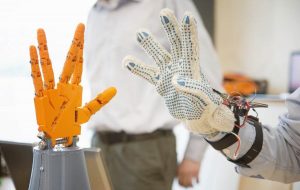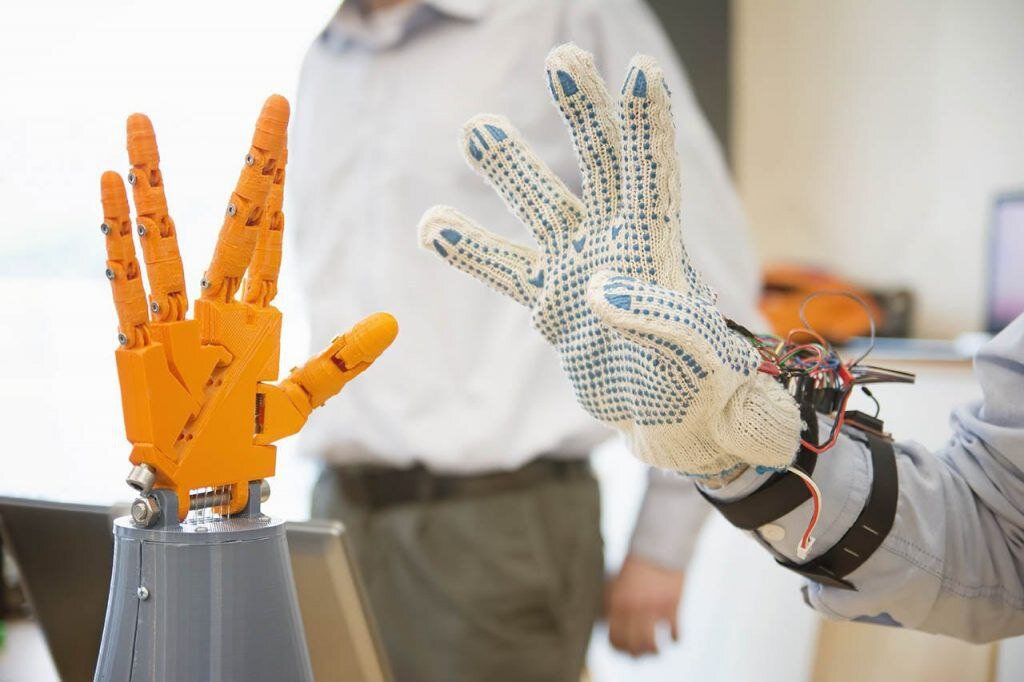Iran ranks second in 3D printing publications among Islamic nations
TEHRAN –According to a report released by the Web of Science database, with 606 publications on three-dimensional printing over a span of ten years, Iran ranks second among Islamic nations. The report has included data from 2014 to 2023. The country’s global ranking in 3D printing publications is 22, IRNA reported. 3D printing refers to


TEHRAN –According to a report released by the Web of Science database, with 606 publications on three-dimensional printing over a span of ten years, Iran ranks second among Islamic nations.
The report has included data from 2014 to 2023. The country’s global ranking in 3D printing publications is 22, IRNA reported.
3D printing refers to the process of creating three-dimensional objects layer by layer. Each layer is placed one after another.
According to the report, three-dimensional printing and additive manufacturing publications in Iran experienced notable growth from 2010 to 2023.
University of Tehran (with 83 documents), Amirkabir University of Technology (with 83 documents), Tarbiat Modarres University (with 40 documents), and Tehran University of Medical Sciences (with 37 documents) had the highest number of publications.
Turkey (with 779 documents), and Malaysia (with 543 documents) rank first and third, respectively.
Iran, with 65 documents, ranks first among Islamic countries in four-dimensional (4D) printing, the country ranks 11 globally.
The country ranks second in publications related to the fifth generation of the industry (Industry 5.0) with 1,625 documents. Turkey (with 1,817 documents) and Malaysia (with 1,611 documents) rank first and third, respectively.
In the fifth generation of the industry, technologies such as 4D printing, collaborative robots (cobots), augmented and virtual reality, cognitive computing, digital twins, and additive manufacturing are used.
Iran ranks 23 in additive manufacturing technologies, 29 in cognitive computing, 37 in virtual reality, 38 in digital twin technology, 42 in augmented reality, and 60 in collaborative robots globally.
Iran ranks first in neural network technology
According to the Web of Science, Iran (with 17,458 documents) ranks first in neural network technology as well as multi-agent systems (with 351 documents) among Islamic countries.
The report has included data in a twenty-year period from 2004 to 2023.
The country secures a ranking of 6th in neural network technology and 12th in multi-agent systems globally.
Turkey with 9,078 and Saudi Arabia with 7,971 documents in neural network technology rank second and third respectively.
In multi-agent systems, Tunis with 233 documents, and Morocco with 231 documents are placed second and third.
Iran ranks second in artificial intelligence (AI), machine learning, and robotics among Islamic nations.
The country also ranks 16th in the world in AI technologies; 25th in visual computing and natural language processing; 17th in machine learning; and 27th in robotics.
The trend of scientific production in neural networks, machine learning, and AI technologies in Iran has been upward in the last decade compared to other AI-related technologies.
According to the results, in the field of neural networks, the trend of scientific production has been upward increasing from 950 documents in 2014 to 2,207 documents in 2023.
In machine learning, scientific productions have risen from 81 documents in 2014 to 1656 documents in 2023.
Also, in the field of artificial intelligence, scientific productions have escalated from 98 documents in 2014 to 647 documents in 2023.
Over the past 20 years, the majority of scientific productions in the field of artificial intelligence have been associated with the University of Tehran, Tabriz University, and Amir Kabir University of Technology; and in visual computing and natural language processing, the University of Tehran, Amirkabir University of Technology and Sharif University of Technology are ranked first to third respectively.
The majority of scientific production in machine learning is connected to the University of Tehran, Amirkabir University of Technology, and Tarbiat Modares University; and in robotics, it is attributed to the University of Tehran, Sharif University of Technology, and Amirkabir University of Technology.
University of Tehran, Tabriz University, and Iran University of Science and Technology in neural networks, and Amirkabir University of Technology, Iran University of Science and Technology, and University of Tehran in multi-agent systems, account for a significant share of scientific productions.
MT/MG
